**”Trigger Point Therapy for Athletes: Exploring Techniques to Release Muscle Tension and Optimize Performance”**
# Trigger Point Therapy for Athletes: Exploring Techniques to Release Muscle Tension and Optimize Performance
Athletes are always looking for ways to enhance their performance, recover faster, and stay injury-free. One powerful technique that has gained traction in the sports community is trigger point therapy. This approach focuses on identifying and treating “trigger points”—sensitive areas in muscles that can cause pain and discomfort. In this blog post, we’ll explore the techniques of trigger point therapy, how it can benefit athletes, essential nutrition tips, exercise advice, and its overall health benefits.
## Understanding Trigger Points
### What Are Trigger Points?
Trigger points are hyperirritable nodules located within a taut band of skeletal muscle. They can develop due to various factors, such as overuse, injury, poor posture, or stress. These points can lead to pain not only at the site of the trigger point but also in other areas of the body, creating a phenomenon known as referred pain.
### How Does Trigger Point Therapy Work?
Trigger point therapy involves applying pressure to these sensitive spots to release muscle tension and alleviate pain. Techniques may include manual pressure, stretching, and the use of tools like foam rollers or massage balls. The goal is to deactivate the trigger point, which can improve blood flow, enhance muscle function, and promote relaxation.
## Techniques for Trigger Point Therapy
### Self-Myofascial Release
One of the most accessible techniques is self-myofascial release (SMR). Using a foam roller or massage ball, athletes can apply pressure to the affected muscle groups. Here’s how to perform SMR effectively:
1. **Identify the Trigger Point**: Locate the sensitive area in your muscle.
2. **Apply Pressure**: Use a foam roller or massage ball to apply sustained pressure on the trigger point for 30-60 seconds.
3. **Move Slowly**: Gradually roll over the muscle, pausing on tender spots.
4. **Breathe Deeply**: Focus on your breath to help relax the muscle.
### Professional Massage Therapy
While self-treatment is effective, professional massage therapy can provide deeper relief. Sports massage therapists are trained to identify and treat trigger points using various techniques, including deep tissue massage, which targets the deeper layers of muscle and connective tissue.
### Stretching and Mobility Work
Incorporating stretching into your routine is crucial for muscle recovery. After applying pressure to a trigger point, follow up with gentle stretching to enhance flexibility and range of motion. Dynamic stretches before workouts and static stretches post-exercise can help prevent the formation of new trigger points.
## Nutrition Tips for Optimal Muscle Recovery
### Hydration
Staying hydrated is essential for muscle recovery. Dehydration can exacerbate muscle tension and cramps, making it more challenging to recover from exercise. Aim to drink at least 8-10 cups of water a day, and consider electrolyte-rich drinks after intense workouts.
### Anti-Inflammatory Foods
Incorporate foods that reduce inflammation and support muscle recovery, such as:
– **Fatty Fish**: Salmon, mackerel, and sardines are rich in omega-3 fatty acids.
– **Leafy Greens**: Spinach, kale, and broccoli are packed with vitamins and minerals.
– **Berries**: Blueberries, strawberries, and raspberries contain antioxidants that combat oxidative stress.
– **Turmeric and Ginger**: Both have anti-inflammatory properties and can be added to meals or smoothies.
### Protein Intake
Adequate protein is vital for muscle repair. Aim for high-quality sources like lean meats, eggs, dairy, legumes, and plant-based proteins. Consuming protein within 30 minutes of a workout can enhance recovery and muscle synthesis.
## Health Benefits of Trigger Point Therapy
### Enhanced Performance
By releasing muscle tension and improving flexibility, trigger point therapy can enhance athletic performance. Improved muscle function allows for better movement efficiency, agility, and endurance.
### Injury Prevention
Regular trigger point therapy can help prevent injuries by maintaining muscle elasticity and reducing stiffness. It also promotes better posture, reducing the risk of overuse injuries.
### Pain Relief
Trigger point therapy is an effective method for managing chronic pain and muscle soreness. Athletes often experience muscle fatigue, and this therapy can provide much-needed relief, allowing them to train harder and recover faster.
### Stress Reduction
Physical tension often correlates with mental stress. Trigger point therapy promotes relaxation, helping athletes manage stress levels and improve their overall well-being.
## Conclusion
Trigger point therapy is a valuable tool for athletes seeking to optimize performance and enhance recovery. By understanding and applying the techniques of this therapy, along with proper nutrition and exercise strategies, athletes can effectively manage muscle tension and prevent injuries. Whether through self-myofascial release or professional massage therapy, incorporating trigger point therapy into your routine can lead to significant improvements in both physical and mental health. Embrace this technique and unlock your full athletic potential!
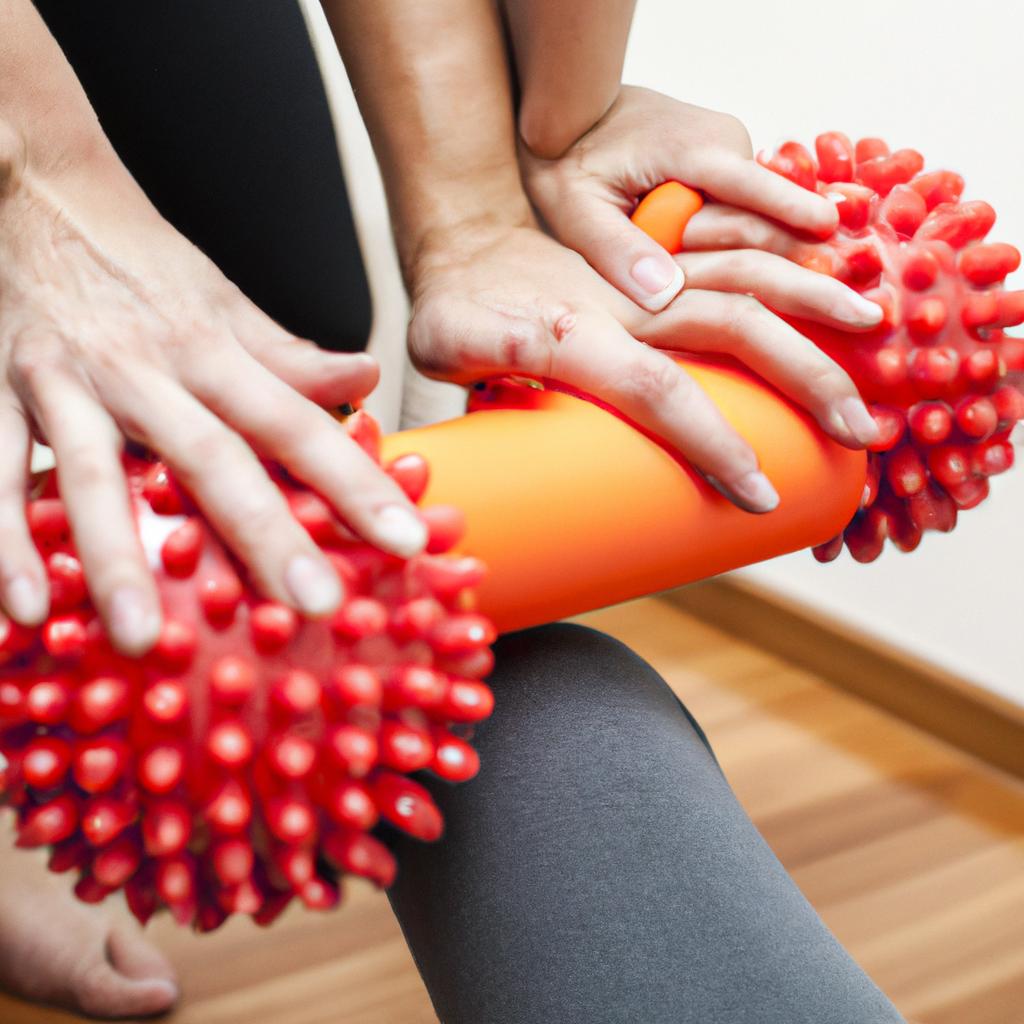

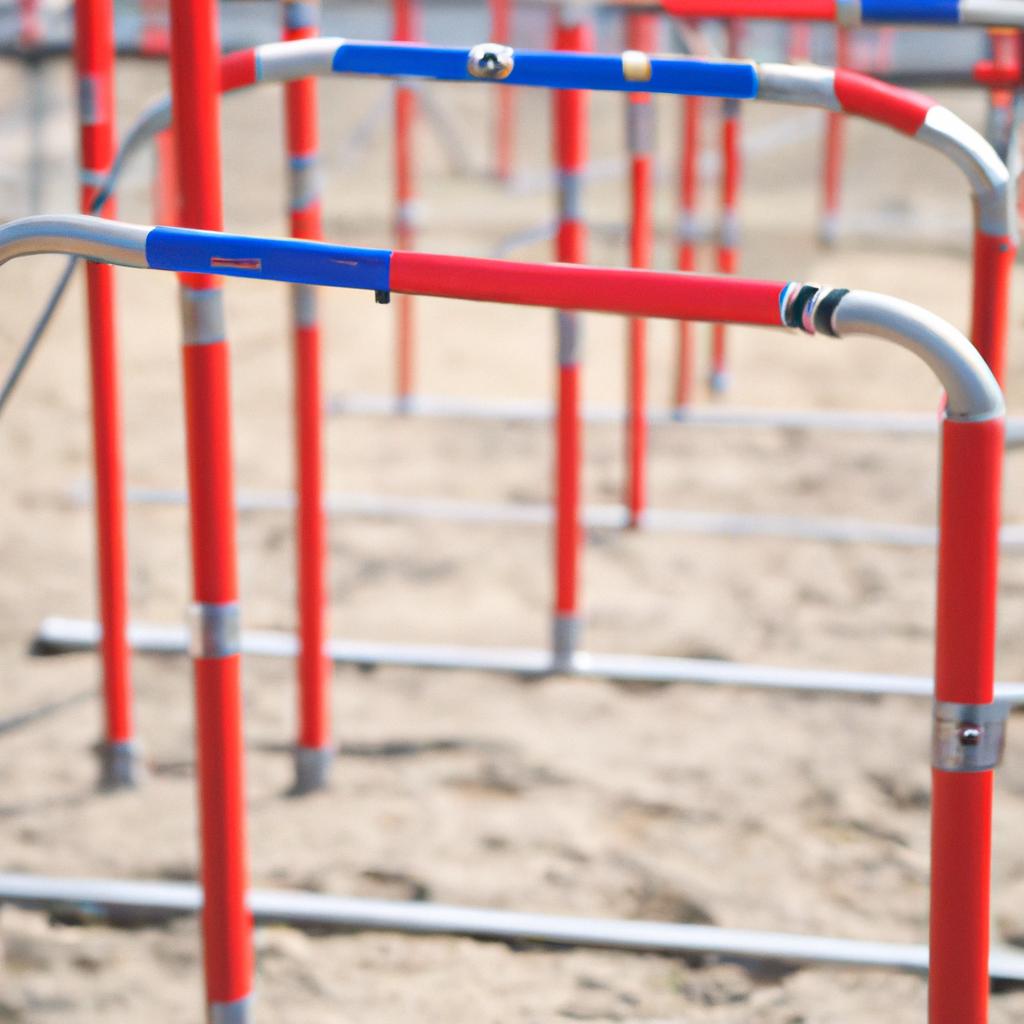

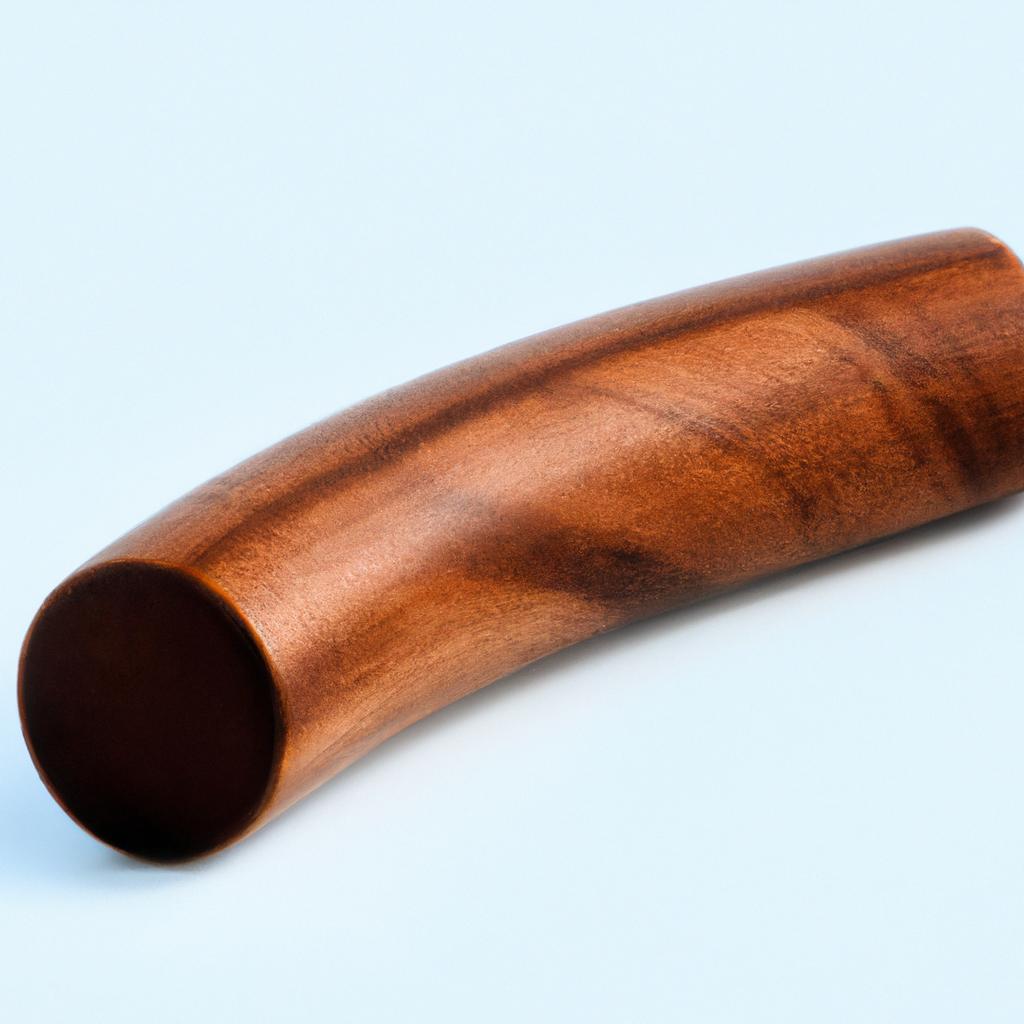


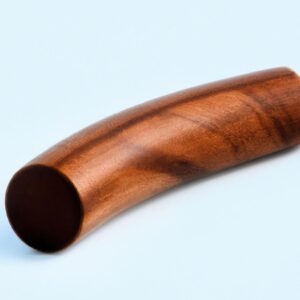

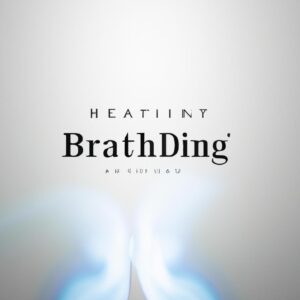





Post Comment